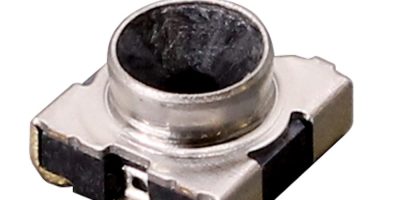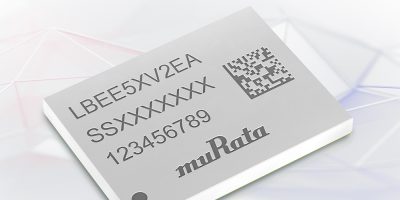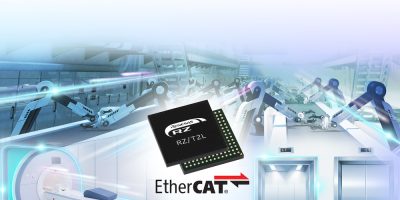Payment cards will have the capability to be offered in new, innovative designs, said Infineon, as it introduces its Secora Pay card payment technology is available on 28nm chip technology.
The Secora Pay platform allows manufacturers to efficiently produce robust dual interface cards for payment and multi-application use cases, explained Infineon Technologies.
The introduction of 28nm chip technology is believed to be the first 28nm technology card payment technology with embedded non-volatile memory. It is intended to side step the semiconductor shortages experienced in mature technology nodes.
The product family uses a security controller with certified software integrated into coil on module (CoM) chip modules. The devices use standardised inlays for easy and fast card production which are compatible with Secora Pay products on 65nm, 40nm and 28nm technology. One inlay sheet fits the existing and new Secora Pay products.
The CoM system offers maximum flexibility in card design, said Infineon. It uses inductive coupling technology with copper wired card antennas. It is therefore perfectly suited for future market trends such as environmentally friendly cards made of recycled and ocean-bound plastic or wood, as well as high-performance dual-interface metal or LED cards.
Secora Pay products support the highest throughput in card production with minimal resources for manufacturing highly robust dual-interface cards, said Infineon. New services based on Secora Pay’s NFC tag enable further use cases such as initial card activation as well as authentication for online banking and for loyalty programmes.
“In recent years, touchless payment experience with dual-interface payment cards has become a global standard, among others also driven by the Covid-19 pandemic,” said Tolgahan Yildiz, head of payment solutions at Infineon’s connected secure systems division.
The Secora Pay portfolio us engineered to enable manufacturing and issuance of high quality dual-interface payment cards for high transaction performance with reliable security for trusted seamless payments, he added.
The global dual-interface payment card market is expected to grow at a compound annual growth rate of six percent from 2022 to 2027, starting from an estimated 2.6 billion units in 2022.
The 28nm technology products offer a simple onboarding process or migration path for card manufacturers, claimed Infineon. They are backwards-compatible with existing Secora Pay products in terms of card production, antenna design, personalisation and product certification for contactless and personalised performance, enabling contactless transactions within 155 milliseconds.
Product versions supporting the latest Visa and Mastercard applications are available now with extremely long approval life time. Certified applets for American Express, Discover and others will follow later this year, confirmed Infineon.
http://www.infineon.com







